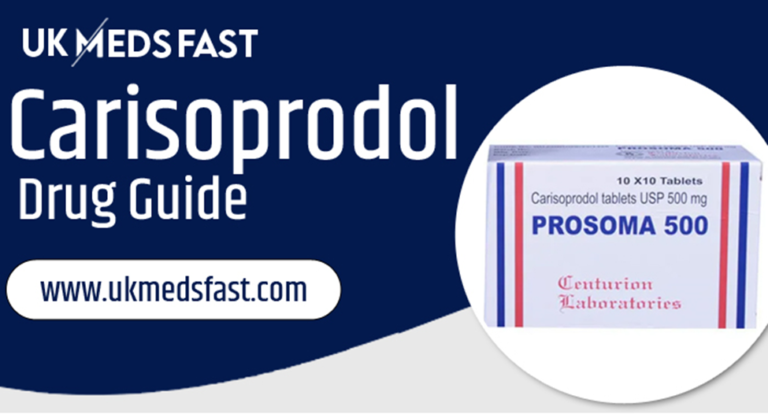Advanced Solutions for Effective Wound Management
Wound management remains a critical aspect of healthcare, often dictating patient outcomes and recovery timelines. The field of wound care is constantly evolving, with advancements leading to innovative wound care products designed to optimise healing, reduce infection rates and improve the overall quality of life for patients. Understanding the latest solutions in wound management can empower healthcare providers to deliver the highest standard of care.
The Importance of Proper Wound Care
Appropriate wound management is crucial to prevent complications such as infections, which can lead to prolonged hospital stays, increased healthcare costs, and in severe cases, can be life-threatening. It extends beyond the acute phase of injury to include continuous evaluation and intervention as the wound heals.
Assessing Wound Types and Stages
Effective wound management begins with accurate assessment. Different types of wounds, such as lacerations, ulcers, and burns, require tailored approaches. Moreover, the stage of the wound, whether it’s in the inflammatory, proliferation, or remodelling phase, dictates the type of treatment it necessitates.
Selection of Wound Care Products
Modern wound management involves a plethora of wound care products, each designed to address specific aspects of the healing process. From dressings that maintain the optimal moisture balance to debridement agents that aid in the removal of necrotic tissue, choosing the right product is vital for successful healing.
Advancements in Wound Care Products
The dynamic field of wound care has witnessed significant advancements in recent years. Development in technology has paved the way for new categories of wound dressings, such as hydrogels, foam dressings, and alginates, which not only protect the wound from infection but also expedite the healing process through moisture regulation and the provision of essential nutrients.
Medicated Dressings for Targeted Healing
One such innovation includes medicated dressings that contain substances like silver or honey, known for their antimicrobial properties. These dressings play an instrumental role in decreasing bioburden and facilitating a faster healing trajectory.
Role of Negative Pressure Wound Therapy
Negative pressure wound therapy (NPWT) represents another leap forward in wound care. This technology uses sub-atmospheric pressure to promote wound healing by stimulating blood flow and granulation tissue formation while efficiently removing exudate and infectious materials.
Integrating Technology in Wound Care
Technological integration has brought forth smart dressings equipped with sensors that monitor wound parameters such as temperature and pH, offering real-time insights into the wound’s state. This level of monitoring can significantly aid in timely interventions, further improving patient outcomes.
The Impact of Telehealth in Wound Management
Telehealth has also found its footing in wound care, enabling remote patient monitoring and virtual consultations—an especially valuable tool during times when in-person visits are restricted or when patients have limited mobility.
Training and Education in Wound Management
With the advent of new products and technologies, there is an increasing need for continuous professional education. Healthcare providers must stay abreast of the latest research and product developments to provide evidence-based care.
Collaboration Among Specialties
Collaborative efforts amongst different specialties, such as dermatology, surgery, and endocrinology, can optimize wound management strategies. The complexity of wound care requires a multi-disciplinary approach to address all facets of the patient’s health that could impact the healing process.
The Holistic Approach to Wound Care
A patient’s overall wellness plays a significant role in their body’s capacity to heal. Nutrition, comorbidities, and lifestyle are all important considerations for a holistic approach to wound management, one that looks at the whole patient and not just the wound itself.
Nutritional Considerations in Wound Healing
Nutrition is undeniably linked to wound healing, with certain nutrients such as protein, vitamins A and C, and zinc being crucial to the healing process. A balanced diet thus becomes an integral part of any wound care plan.
Understanding Patient Compliance
Patient compliance is pivotal for the success of any wound care regimen. Educating patients on the importance of following their treatment plan, recognising signs of infection, and being informed about their wound care products can lead to better adherence and outcomes.
Emphasis on Research and Development
Continuous research and development are essential for the advancement of wound care. Clinical trials and studies are necessary to validate the effectiveness of new products and methods, ensuring the continual evolution and improvement of wound management practices.
Looking to the Future of Wound Care
The future of wound management holds promise with emerging technologies like biologics, growth factors, and gene therapy. These cutting-edge solutions have the potential to revolutionise the way wounds are treated, moving towards more personalised and efficient care strategies.
Conclusion
Effective wound management is an intricate blend of science, technology, and compassionate patient care. Advances in wound care products have vastly improved the resources available to healthcare professionals, allowing for heightened levels of treatment and recovery. As the wound care landscape continues to evolve, the emphasis on education, research, and patient-centred approaches will drive better outcomes and brighter futures for those affected by wounds.





